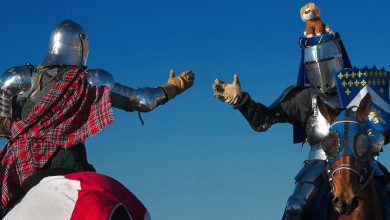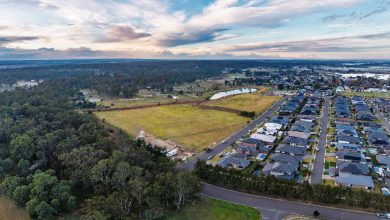The Forgotten Flotilla – Part 1

Dr Michael James Bendon holds post-graduate qualifications in Archaeology, History, Education, Linguistics, Maritime Archaeology and Cultural Heritage Management. He has worked for a great number of years as an archaeologist on numerous sites around the Mediterranean and Europe including Israel, Portugal, Germany and Greece with extended survey in Turkey, Syria and Jordan. Dr Bendon first started as a field archaeologist in Israel before moving briefly onto Portugal and then on to directing a Medieaval church and cemetery excavation in Northern Germany for four years. More recently, he has been assisting a colleague in investigations on Phalasarna, a large Classical/Hellenistic maritime city in Western Crete, as well as working on the excavation of the first Minoan shipwreck to be discovered. His recent research has revolved around two British WWII wrecks located off shore from the ancient Phalasarna site. Michael’s research interests are varied but, at present, as well as continuing to work at Phalasarna, he is looking into the Mediterranean campaigns of WWII, the connections between Imbros, Limnos & Tenedos with the Gallipoli campaign of 1915 and, for something a little different, Chinese-Australian heritage and history.
Michael’s recent book is available through his website with free postage offered to readers. www.forgottenflotilla.com
Some eight or nine years ago, Sydney-based archaeologist Michael Bendon floated over the rusting remains of a wrecked ship off the coast of Western Crete. Michael was there excavating the ancient site of Phalasarna, a large Classical and Hellenistic maritime city with his colleague, Dr Elpida Hadjidaki. Taking a break from work to wash off the dust in the crystal waters of the Mediterranean, he swam out towards a small rock-cut inlet. Laying on the sandy bottom some five or so metres below the water’s surface was the tangled metal superstructure of a vessel.
On arriving back to shore Michael asked his friend about the chance find. “Oh that. All the locals know about it but it’s not an antiquity. It’s from World War Two”, replied Elpida. “My daughter Nike believes it’s some sort of landing craft but nobody is really sure.” “Do you think I could do some work on it?” Michael hopefully enquired as Dr Hadjidaki held the excavation license for the area, including anything underwater. “Of course as I would like to know more about it too. The people in the village will be only too happy to help”, she added. And so the research began. At the end of each day’s excavation work on the ancient town Michael headed back to the wreck site to gather what information he could. From the very beginning, the decision was made that any work would be ‘nondisturbance’, meaning there was to be no digging or any artefacts collected. The wreck would remain as it was found, with only measurements and photographs taken to reveal the story surrounding the mysterious craft.
As it turns out, the vessel Michael swam over that summer was a secretly developed prototype. It formed part of a flotilla of twenty craft sent down to the Middle East early in 1941. Winston Churchill had planned for this group to spearhead combined operations in the Mediterranean theatre. The vessel type served as the forerunner of later ships of similar but modified design. These vessels were Tank Landing Craft Mk1s (TLC) but don’t be led to thinking they were small boats carried by other ships to battle areas. They were ships in their own right – 46m long, capable of loading, and unloading, six medium-sized tanks, or at a pinch ferrying up to nine hundred troops. Importantly, they were able to travel almost twelve hundred kilometres on one tank of high-octane petrol.
Michael has now uncovered many, many stories associated with these secret craft, not the least being that the very craft he first came across was responsible for carrying to safety many thousands of ANZAC troops during the Greece and Crete campaigns of April and May 1941. Most amazingly, some four years after beginning his research, he was able to locate the skipper of the actual vessel, alive and well and living in Leicester in the UK.
Over the course of the next weeks, we will continue to tell our readers more of this Australian archaeologist’s work on these World War Two British vessels. This will include excerpts from interviews with the captain, John Digby Sutton D.S.O. as well as not before seen photographs of the TLC, both in action and in its present resting place.










